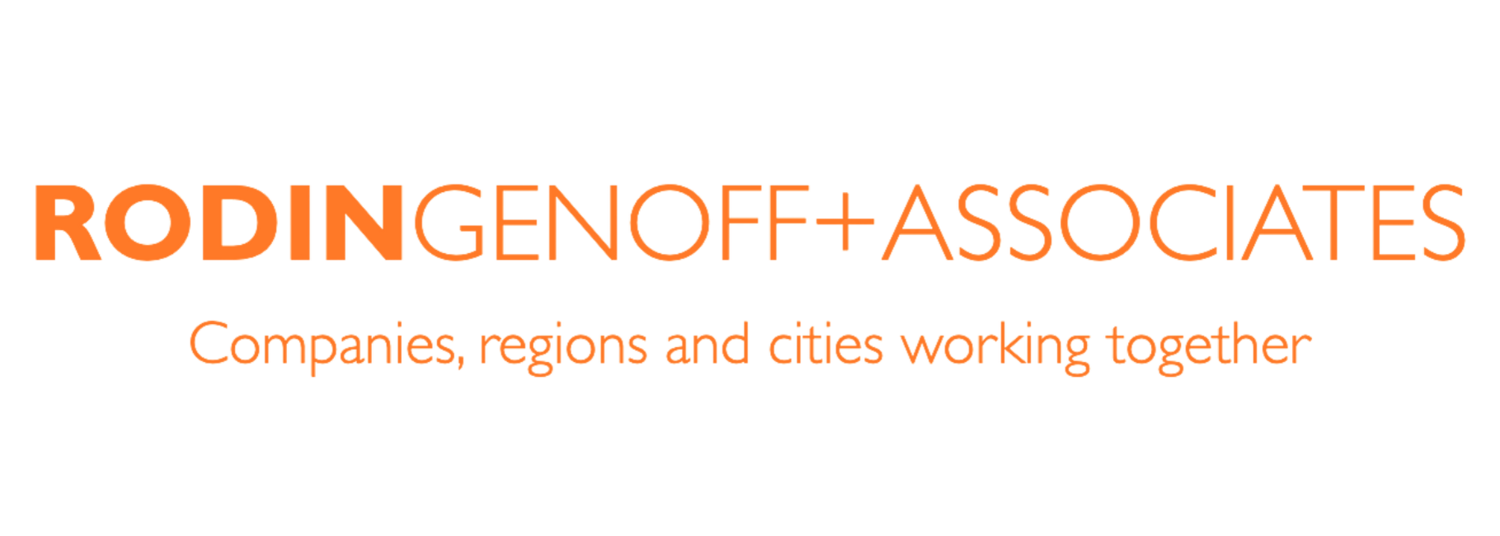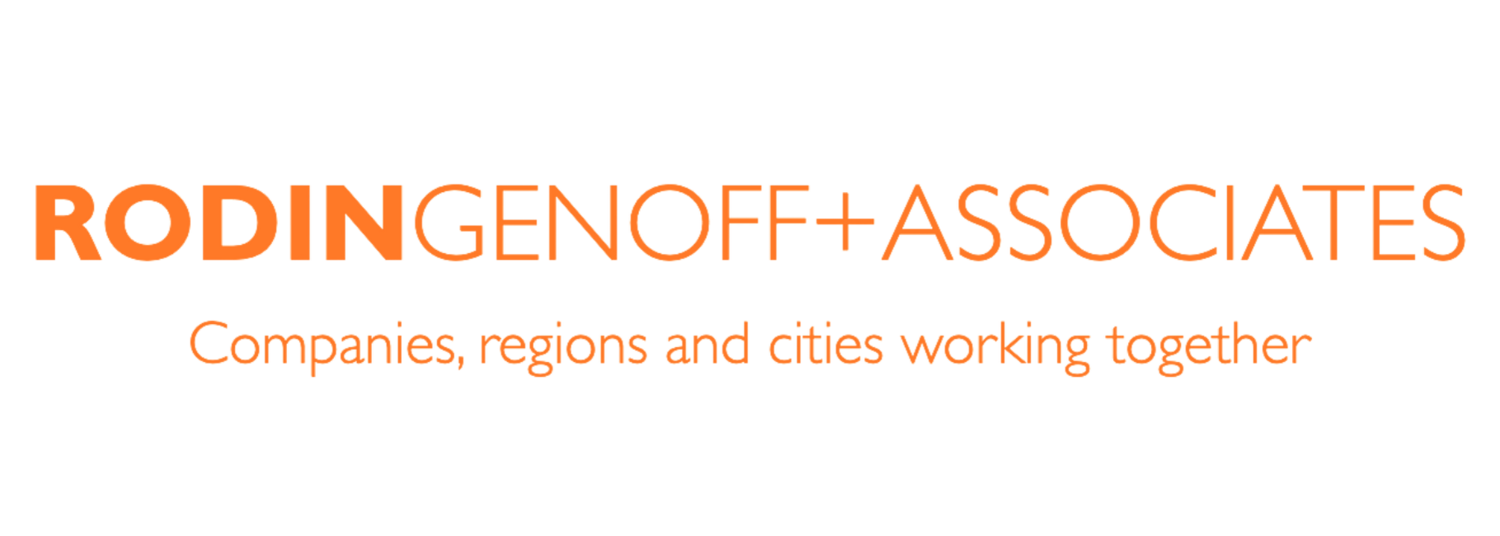Gender balanced work teams are more innovative and deliver superior financial results, by Rodin Genoff for The Advertiser newspaper
WITH SA’s economic growth to flatline at 1.1 per cent over the next three years, where are the jobs going to come from?
HOLDEN is set to close. The resources industry is cutting back. We all fear the South Australian economy may stall.
With BIS Shrapnel chief economist Dr Frank Gelber forecasting SA’s economic growth will flatline at 1.1 per cent over the next three years, where will the jobs come from?
Not since Liberal premier Sir Thomas Playford took the state from an agricultural backwater to a modern industrialised economy have we so needed to be audacious.
History shows SA has delivered one of the highest standards of living in the world because it has always been forward thinking and courageous.
The Premier and business leaders are working hard to establish the conditions that will restore the state to a solid growth footing through the State Economic Plan. The diabolical thing is that, due to technology and globalisation, the solutions aren’t as apparent as they were to Tom Playford and need different thinking.
We may also be missing one obvious lever: diversity.
Our “industries of the future” are being defined by highly connected and collaborative communities and organisations. Those that do best will make maximum use of their most precious resource, people, harnessing their capacity for imagination and creativity.
Norway and Sweden are introducing innovation programs similar to those initiated by the Premier. But there is a difference: the Scandinavians are at the top of the world’s innovation rankings and global investors follow their every move.
Diversity is one of the missing ingredients they have discovered. Being smart and innovative is no longer enough. They believe it’s necessary to forge the right mindsets and behaviours to allow talent and innovation to flourish.
Scandinavian research revealed some surprises — men design 90 per cent of luxury goods yet it’s mainly women who do the buying. Imagine how much more market share a company could snare if these goods met women’s needs.
Kate Carnell, CEO of the Australian Chamber of Commerce and Industry, told the B20 gathering in Brisbane last year that a 6 per cent rise in Australia’s female’s participation rate would contribute $25 billion to growth per annum.
This why some of the world’s largest companies see this as a corporate risk management issue. By leaving design mainly in the hands of men, they’re not optimising market share.
Scandinavian research also shows gender-balanced work teams are more innovative and deliver better financial results.
This is why practical programs have been developed to boost women’s participation rates and create gender-balanced workplaces in high value adding and knowledge intensive industries such as IT, health, automation and robotics, and advanced manufacturing — and they’re targeting small to medium-sized enterprises (SMEs).
It’s a perfect fit for SA, with its preponderance of SMEs in these industries. But we need more than cheap industrial land and business incentives.
One of the best things the State Government can do is turn our SMEs into micro-multinationals. SMEs such as Precision Advanced Manufacturing Group have weaned themselves off the automotive sector and are producing medical devices and intelligent automation systems, undertaking research and working with universities.
The Premier’s Economic Plan is implementing good initiatives to support this transition, such as getting SMEs to collaborate in smarter ways in industry clusters.
SMEs scale fast, are agile, open to new ideas and can easily double the number of people they employ. The challenge is to unlock their full potential by introducing gender-balanced work teams, with more women in management, design and engineering.

